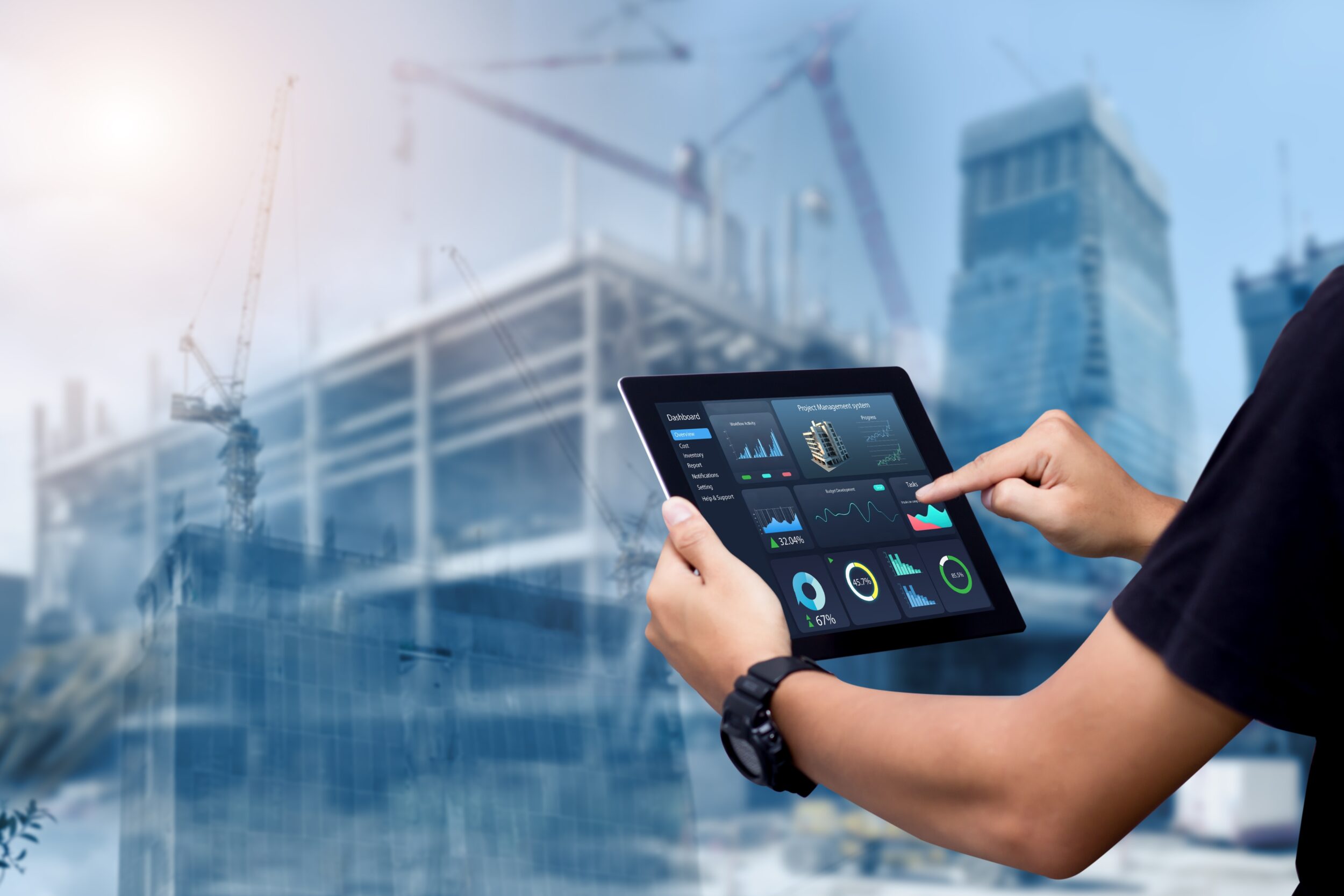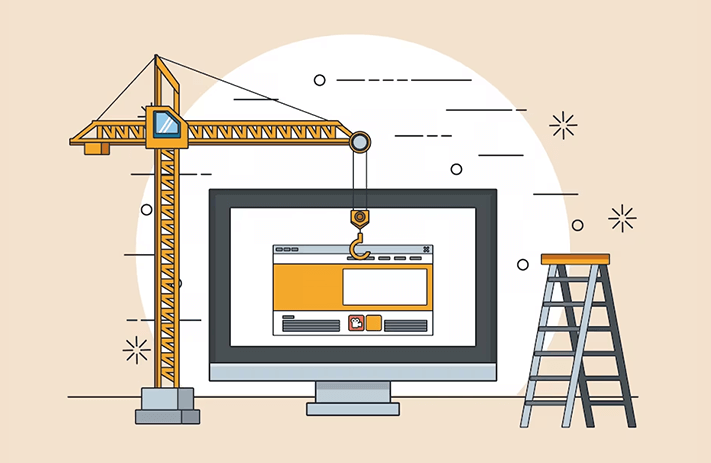Advanced Building Management Software Program: Enhancing Performance and Partnership in the Industry
In a sector where precision and performance are paramount, the integration of sophisticated building and construction management software has actually reinvented the way projects are prepared, implemented, and checked. By offering real-time project monitoring abilities, boosted source allocation features, and seamless interaction systems, these software application solutions have come to be important tools for construction experts intending to raise their performance and foster stronger team effort.
Benefits of Advanced Building And Construction Software Program
The usage of advanced building software program dramatically enhances effectiveness and job end results within the building and construction industry. Via functions like automated scheduling, real-time cooperation tools, and data analytics, task managers can much more effectively plan, track, and monitor job development.
Additionally, advanced construction software application assists boost communication and partnership amongst task stakeholders. With centralized systems for sharing job files, tracking adjustments, and connecting updates, teams can function a lot more cohesively in the direction of usual project objectives. This promotes much better decision-making, minimizes the chance of errors, and enhances overall project quality.
Furthermore, advanced building software offers understandings through data analytics that can help determine patterns, enhance processes, and alleviate dangers. By leveraging data-driven knowledge, building companies can make even more enlightened decisions, adjust to altering project characteristics, and inevitably drive much better task outcomes. In general, the advantages of advanced building and construction software program contribute in improving efficiency, collaboration, and job success within the building and construction sector.
Real-Time Project Monitoring Capabilities
With the smooth combination of real-time job monitoring capabilities, construction teams can efficiently keep track of progress, enhance decision-making, and guarantee project timelines are met. Real-time task monitoring enables stakeholders to gain access to current information on different aspects of the building and construction task, consisting of task conclusion standing, source allotment, and prospective bottlenecks. This level of transparency cultivates partnership amongst staff member, subcontractors, and customers, resulting in boosted communication and quicker problem resolution.
Moreover, real-time job tracking supplies project managers with the necessary data to make enlightened choices immediately. By having immediate accessibility to vital efficiency signs and job metrics, managers can determine problems early on, implement restorative actions, and optimize task workflows. This positive approach aids in protecting against delays, decreasing expenses, and ultimately enhancing overall job efficiency.

Boosted Source Allocation Features
Using innovative source appropriation devices enhances building job administration processes and maximizes workforce performance. These functions allow task managers to designate tasks, devices, and materials with accuracy, ensuring that resources are utilized properly (evolve construction). By having a central system that gives real-time visibility right into resource schedule and requirements, building and construction teams can make enlightened choices quickly, avoiding delays and price overruns
Boosted resource appropriation features additionally promote much better partnership among team members. With clear projects and transparent source circulation, every individual understands their role and obligations, promoting synergy and responsibility. This results in boosted interaction and control, eventually enhancing performance and task end results.

Improved Interaction Platforms
Enhancing interaction platforms in building management software application greatly enhances job coordination and effectiveness. By integrating attributes such as real-time messaging, Check This Out documents sharing, and task assignments, groups can team up seamlessly despite their physical places. With improved interaction systems, stakeholders can get immediate updates, share vital files, and review project information without this article hold-ups, causing quicker decision-making processes.
Moreover, these innovative interaction devices enable far better openness and accountability within building and construction projects. Group members can track development, supply comments, and address concerns quickly, promoting an extra joint and effective workplace. Furthermore, having actually centralized interaction networks within the building administration software application reduces the risk of miscommunication and makes certain that all group members are on the same page.
Improving Process for Performance
By executing structured workflows, construction business can get rid of traffic jams, decrease errors, and ensure that projects proceed smoothly from beginning to complete. One method to accomplish this is by automating repeated jobs such as project organizing, source allocation, and progression monitoring.
Additionally, integrating different elements of project management, such as budgeting, paper management, and communication, into a solitary platform can better improve operations. This combination enables real-time partnership and information sharing among employee, eliminating the requirement for hands-on information entry and ensuring that every person is working with one of the most current info.

Conclusion
In final thought, advanced building and construction click for more monitoring software application uses various benefits such as real-time job monitoring, boosted resource allotment, improved interaction platforms, and streamlined process. In general, progressed building software application plays a critical function in enhancing efficiency and success in building jobs.